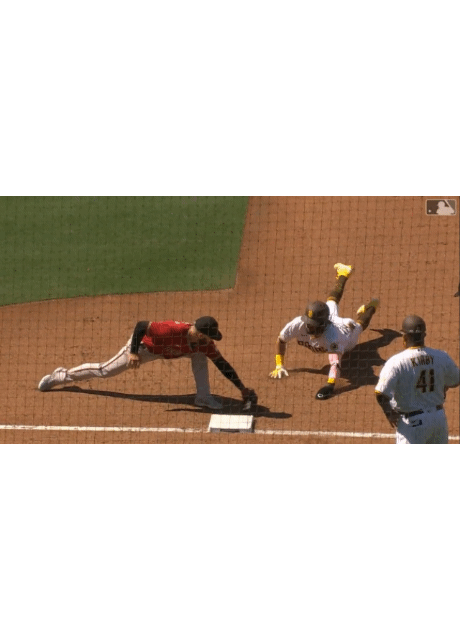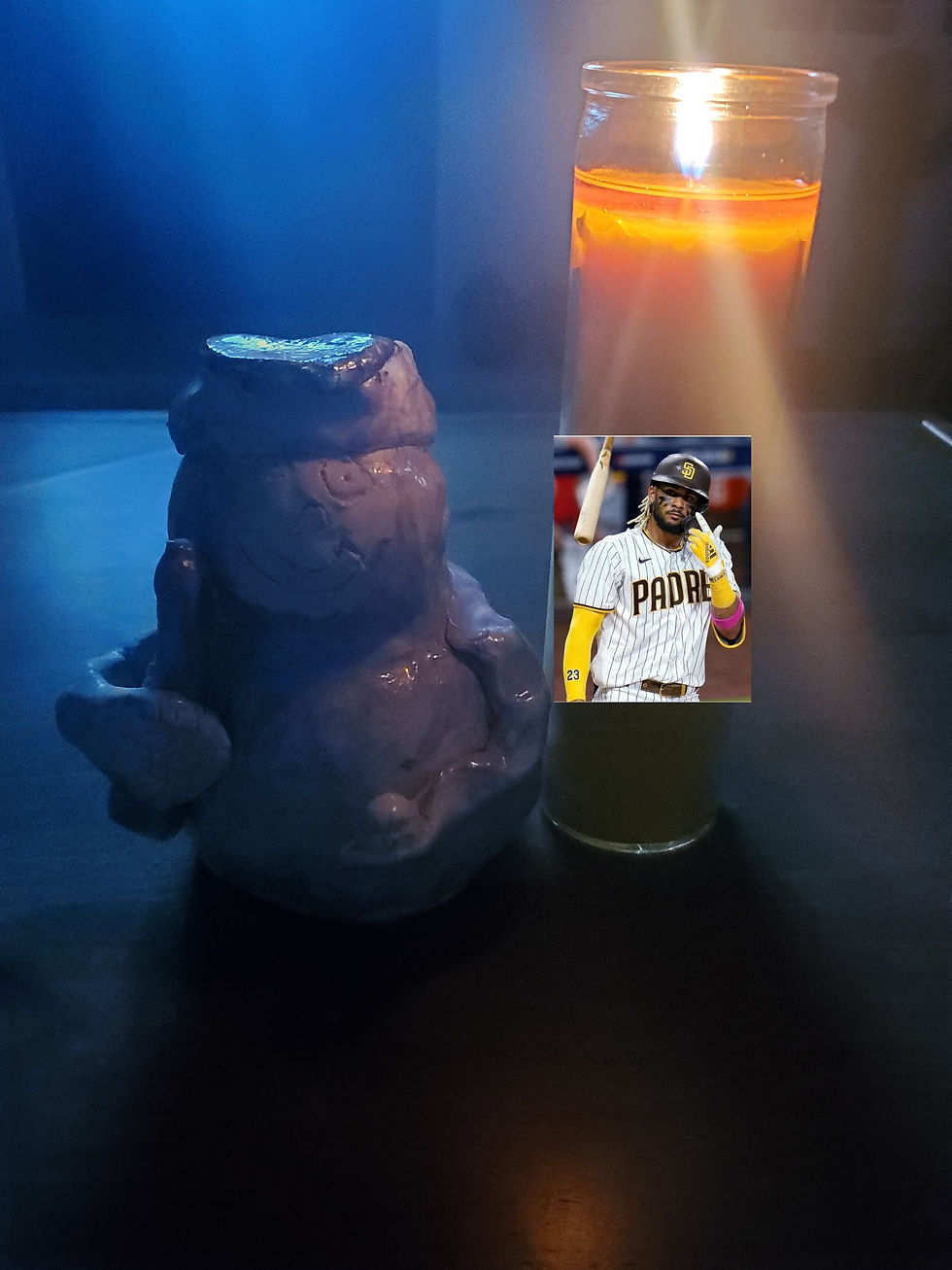Shoulder Subluxation in Baseball: Crash Course
- alexbernadett

- Apr 6, 2021
- 3 min read
Man. This hurts to write.
tl;dr: For the long term, Bebo should get this fixed ASAP. What fixing this means depends on his MRI results and functional stability of the shoulder. Light a candle.
Padres and, let's be real, baseball fans everywhere had a gut punch moment during the Padres April 5th game in San Diego. After a swing and a miss in the 3rd inning, Fernando Tatis Jr. crumbled to the ground. He was clearly in excruciating pain. A Padres trainer helped support his left arm against his body as he walked off the field. A few hours later, the Padres released a statement saying Fernando suffered a left shoulder subluxation.
(deep breath...deep breath...deep breath)
Since @samneher24 has officially declared it to be Twitter Doctor szn (https://twitter.com/SamNeher24/status/1379296566977077249?s=03), I want to provide folks with some information on shoulder subluxation in baseball from a primary care sports medicine doctor perspective. I'm gonna try to write this before clinic starts, so apologies for the brevity and inevitable spelling/grammar errors. Here we go...
The shoulder (aka glenohumeral) joint exhibits the greatest range of motion for any joint in the body. The trade-off to this range of motion is the susceptibility of the joint to instability. Movements that put excessive abduction and external rotation forces on the shoulder can commonly lead to a subluxation or dislocation event. That movement could look a little like this (p/c: Associated Press)...

Atraumatic multidirectional instability (aka AMBRI), which is associated with generalized ligamentous laxity throughout the body, can be seen in the shoulder. Some of Fernando's wizardry on the basepaths could be chalked up to AMBRI, but this would need to be evaluated by a clinician. That bathpath wizardry looks like (p/c: MLB.com. GIF cred: yours truly)...


If you've ever been around someone with a dislocated shoulder, you know how painful this can be. A subluxation, in a sense, is a near-dislocation. Determining the extent of anatomic injury to the shoulder can help provide insight on how likely subluxation/dislocation events are to reoccur. Epidemiological reviews have shown that glenohumeral instability in baseball players typically demonstrates less severe bony defects and smaller average glenoid (bone) defects compared to other sports. An MRI (which will be happening today for Fernando) will allow a physician to determine the extent of a bony injury (ie bony Bankart lesion) and a soft tissue injury (ie Bankart lesion of the labrum). Quickly: the labrum is basically the gasket of the shoulder and helps provide additional stability within the glenohumeral joint. If the labrum is torn in the front of the shoulder (anterior), anterior shoulder instability can be more frequent.
Nonoperative treatment of shoulder instability in young athletes has demonstrated very high recurrence rates of subluxation/dislocations, ranging from 41-73%. A study of NCAA athletes has proven that nonoperative treatment in season can be successful; 73% of study participants returned to in season play (including two baseball players), but 64% of the athletes had recurrent instability events. Bracing the shoulder is an option, but this would significantly limit Fernando's range of motion while fielding and hitting.
Long story short about the possible surgical procedures and rehab: there are multiple options for surgical approaches -> most of these approaches are common for orthopedic surgeons with sports medicine training -> returning to full participation can take 6-9 months after surgery on a throwing shoulder (presumably, a non-throwing shoulder could be rehabbed quicker). Many of the studies I reviewed (tbh, rather quickly) looked at injured throwing shoulders for baseball athletes; these studies showed that many baseball athletes (specifically, pitchers) had a low rate of return to previous performance level due to limited range of motion after the surgery. Obviously, Fernando's injury is on his non-throwing shoulder, so we'd expect him to be able to return to a high level of play (#optimism). What is still to be determined is how less range of motion in his left shoulder would affect his swing motion, bat speed, and fielding range.
References (love these books):

Fernando Tatis Prayer Candle feat. 1990s Summer Pottery Camp Baseball Deity





Comments